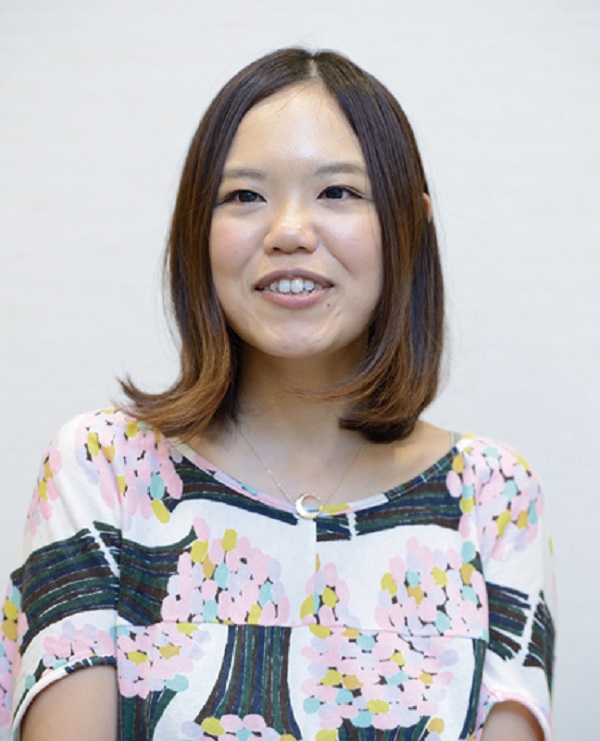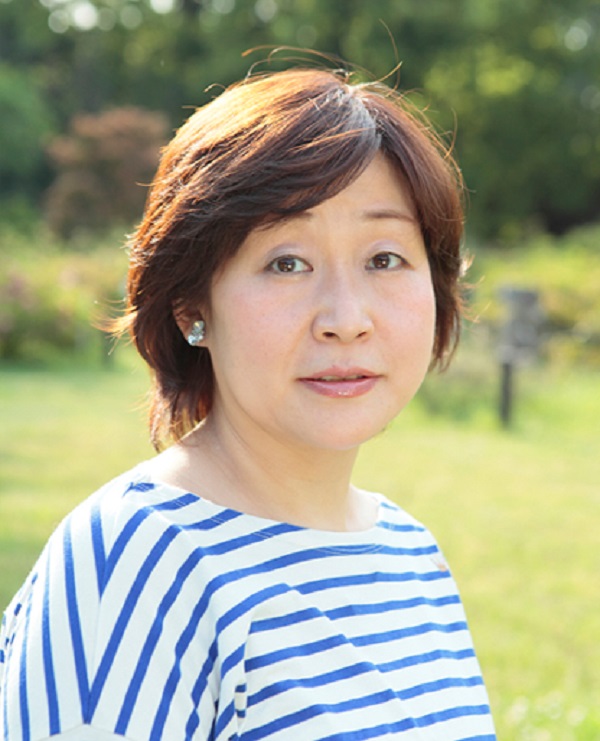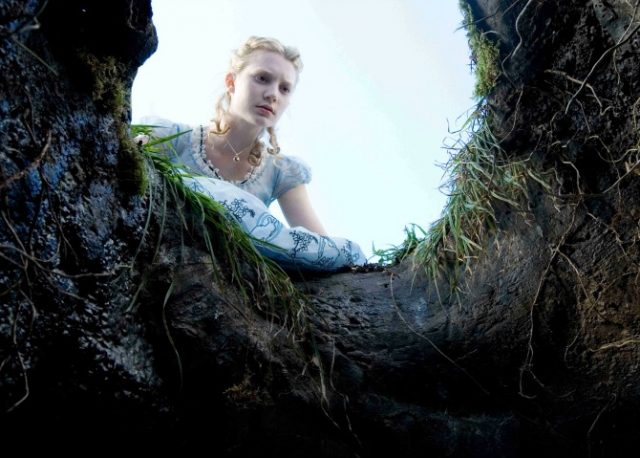Translation has been around forever, yet, since the Man Booker International Prize was established in 2005 and the Man Asian Literary Prize introduced in 2007, the state of literature in translation in English-speaking countries has been improving rapidly. That said, there are still miles to go.
Indeed, as the Literary Hub recently reported (in an article by translator, editor, and publishing consultant, Allison Markin Powell), this is particularly the case when it comes to Japanese literature. As, although the country’s male authors have managed to become well-established translated names (for example, Yukio Mishima, Kobo Abe, and Osamu Dazai), Japan’s women writers are still being overlooked for readership in the West, or relegated to journals and anthologies (such as Granta Magazine).
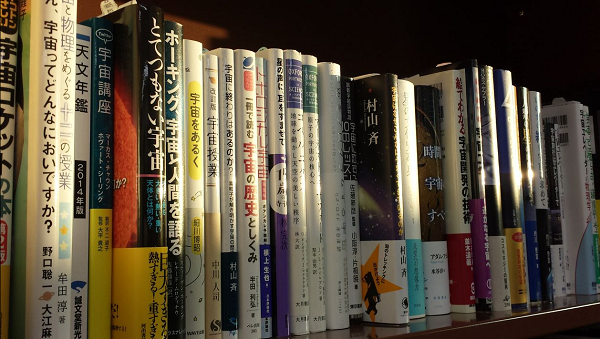
Source: Pangeanic
To this end, Markin Powell compiled a list of what she considers the most “genius” female Japanese writing from both the 20th and 21st centuries; works of literature which sorely need to be translated for an English-language readership.
1. Mayumi Inaba (真弓稲葉)
A prize-winning novelist in Japan, Inaba died in 2014, but her 2011 To the Peninsula (半島へ) would translate well, as it is perfect for lovers of Henry David Thoreau. A novel that takes place entirely in and around a tiny house in a rural coastal community by Japan’s Inland Sea, the narrator details the small pleasures of a simple life visually (the “colors of sunlight”), aurally (the “sound of trees drinking”), and even olfactorily (the “smells of the forest”). Other writing by Inaba includes 20 Years With My Cat (a popular translation in French) and Miru.
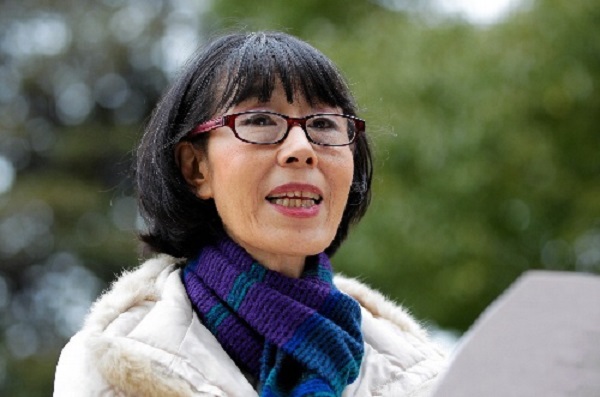
Source: Babelio
2. Maki Kashimada (鹿島田真希)
Inspired by Marguerite Duras’ Hiroshima, Mon Amour, Kashimada’s 2005 novel Love at 6,000° (六〇〇〇度の愛) covers historical trauma, the question of identity, and existence overall. Very much a contemporary author, this particular novel of hers would translate well for the global literary stage. It follows a housewife, troubled by nightmares of a mushroom cloud, who abandons her domestic set-up to travel to Nagasaki, where she falls for a young man of both Russian and Japanese descent. Other titles by Kashimada include Meidomeguri and Two Animals.
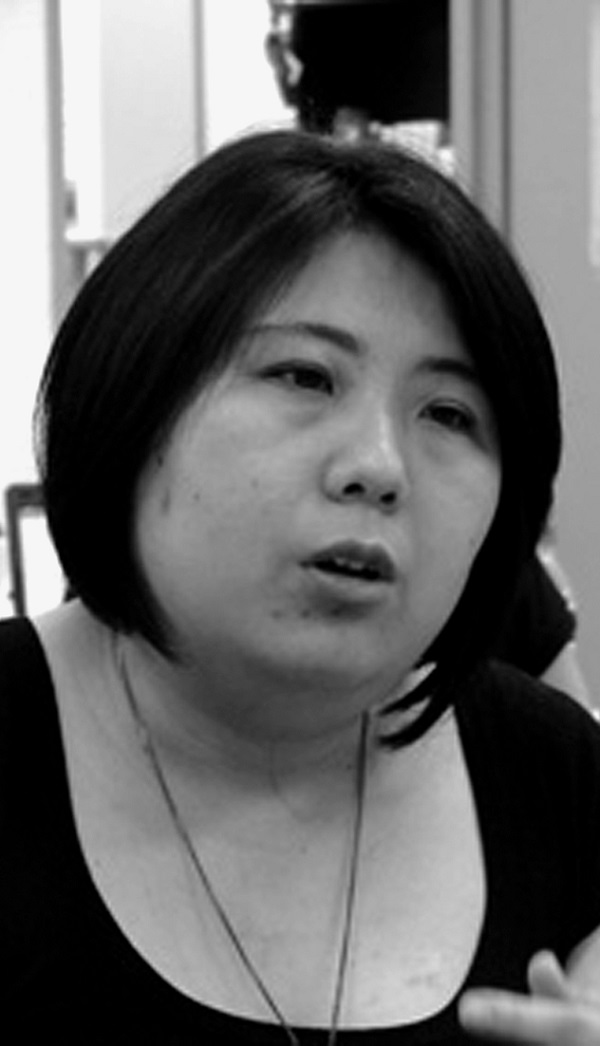
Source: Bungaku
3. Mieko Kawakami (川上未映子)
Although written in 2009, translation of Kawakami’s Heaven (ヘヴン) is no more necessary than now, when bullying has become an epidemic problem the world over. Two outsiders picked on at school take comfort in each other’s company, making for a philosophical novel that explores the nature of responsibility and persecution. Kawakami’s second novella, Breasts and Eggs, was a popular title for translation in many languages (although the English version is now out of print).
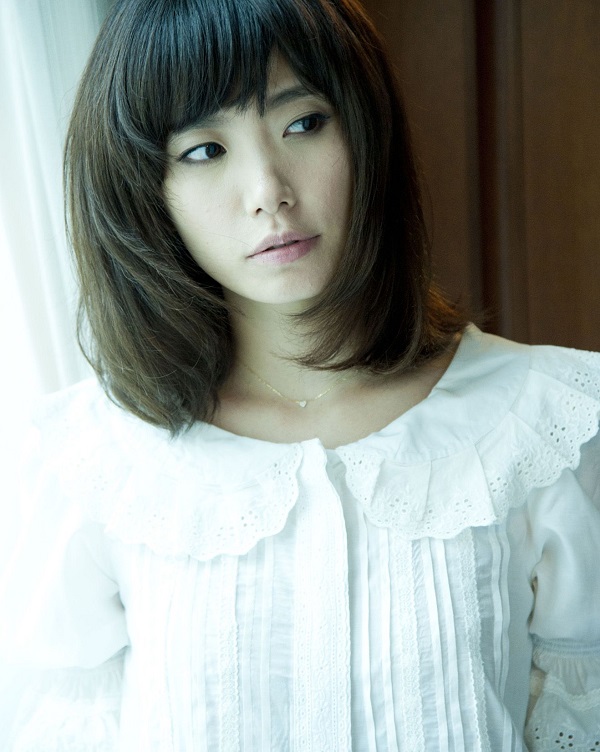
Source: IFOA
4. Taeko Kono (河野多惠子)
An author-picked 1989 selection of twelve vignettes from her earlier 1970’s collection Toddler-Hunting and Other Stories, the tales in Kono’s Tiny Stories (いすとりえっと) differ in “length, tone, and narrative voice,” but are linked by the theme of “surprise.” Fragments of life that don’t seem to mesh, this is another example of female Japanese writing (like Kashimada’s) where the prose brings a “freshness” to its readers in a cutting style that suits its exploration of “the anxiety inherent in modern life.”
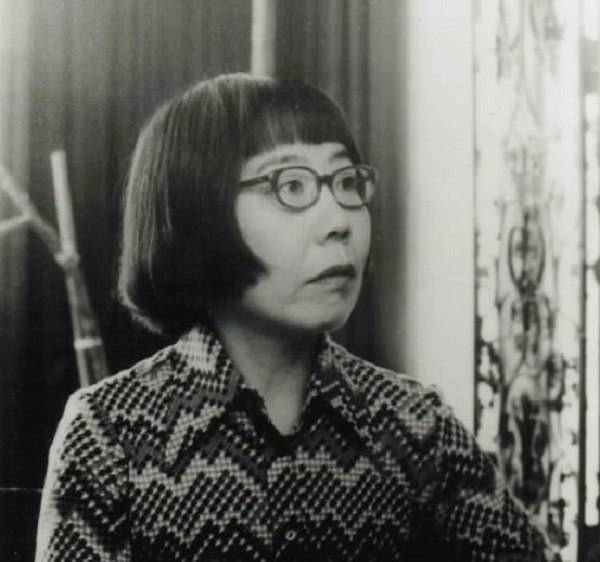
Source: New Directions
5. Mizuki Tsujimura (辻村深月)
Exploring the grand themes of life and death, love and loss, Tsujimura’s 2010-published The Link (ツナグ) was adapted for the silver screen by Yuichiro Hirakawa in 2012 (known in English as Until The Break of Dawn). Its content lends itself well to such cinematic interpretation: a homicide, a suicide, an orphan raised by his grandmother and later trained in communication with the dead, all ending in a truth uncovered. Readers in the West would love this, as well as her other titles, including Zero, Hachi, Zero, Nana.
6. Kyoko Nakajima (中島京子)
The Little House (小さいおうち), too, was adapted into a film, by Yoji Yamada, and its attention to historical detail is outstanding. Set from early 1930’s Tokyo to Japan’s defeat in WWII, Nakajima’s 2010 novel is in memoir format, wherein the relationship between the mistress of a house and her maid undergoes changes over the years, as the former is widowed, remarried, and falls in love with an employee of her new husband (and the maid finds herself more and more drawn to her mistress). Another popular novel of hers is Space Engine.
Why do you think English-language publishers are so far behind translating Japanese women writers? Are there any other female authors in Japan who you feel should be included on this list?
YouTube Channel: Words Without Borders
Featured image via University Of Northern Iowa
h/t Literary Hub
